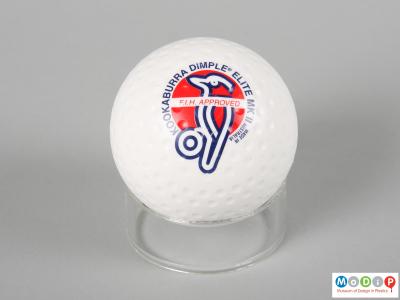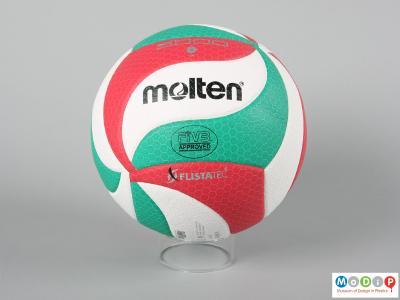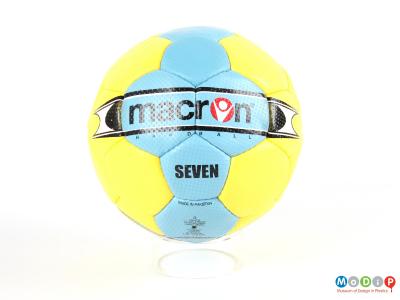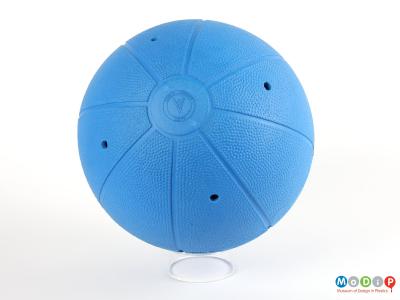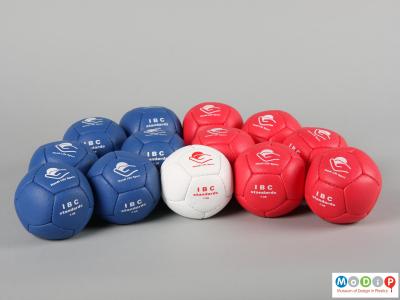The design of sports balls has evolved from that of objects which were made from available natural materials into ones which are designed and precision engineered in synthetic materials to exacting standards and which, in many cases, outperform their natural counterparts. Balls used in competition have to conform to strict rules concerning size, weight and material and competitors need to know that the ball they are using will behave with reliable predictability. They need to be sure that when it is hit, thrown, bounced or kicked that it will not deviate from its expected path, or that when it is caught, they will be able to grip it with confidence. Consequently balls have been designed and materials developed to enable the sportsman or woman to train and compete to the high standards required of an Olympic athlete.
Interestingly, the material from which table tennis balls (1) were first made around 1901 has never been bettered. Cellulose nitrate remains the best material for the job providing just the right amount of speed and bounce. The Kookaburra hockey ball (2) has an impact resistant polyurethane outer cover with a unique dimple configuration to improve transfer of speed across the pitch. Hockey balls from this maker have been used in the Olympic Games since 1956.
The raised hexagonal shaped designs on the surface of the Molten FLISTATEC® V5M500 volleyball (3) enhance flight stability and a combination of soft microfibre and secure nylon wound layers improve grip thus increasing accuracy in overhand passing. Grip is the primary consideration for handball design. A fast paced game, handball requires one handed operation and the soft polyurethane surface of the Macron Seven handball (4) offers excellent grip.
The Pastorelli gym ball (5) used in the graceful discipline of rhythmic gymnastics is made from an extra soft PVC which in this instance mimics the elasticity of natural rubber. The synthetic rubber provides improved grip and bounce and helps the ball to maintain shape whilst in flight.
The ball used for the Paralympic sport of goalball (6) has differing requirements. It comprises a strong, rigid vulcanised rubber ball containing a metal bell so that it can be located when in play. A textured surface improves grip. The sport for visually impaired players has been played at every Paralympic games since its introduction in 1976. The game of boccia became a Paralympic sport in 1984. It is played by athletes with disabilities affecting motor skills and is similar to boule and petanque. It has no Olympic counterpart. The balls (7), made from durable, soft, hand sewn polyurethane synthetic leather panels are filled with plastic granules.


